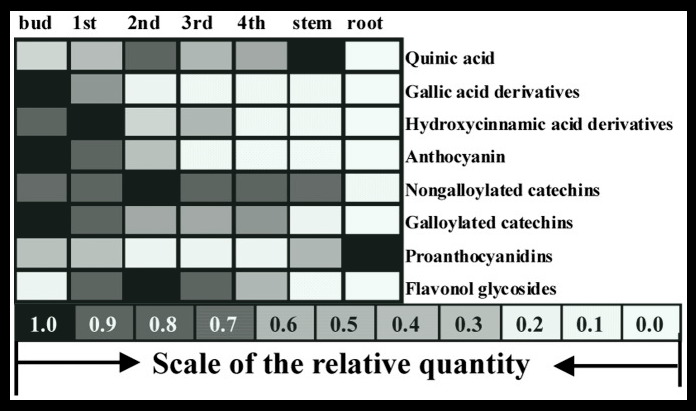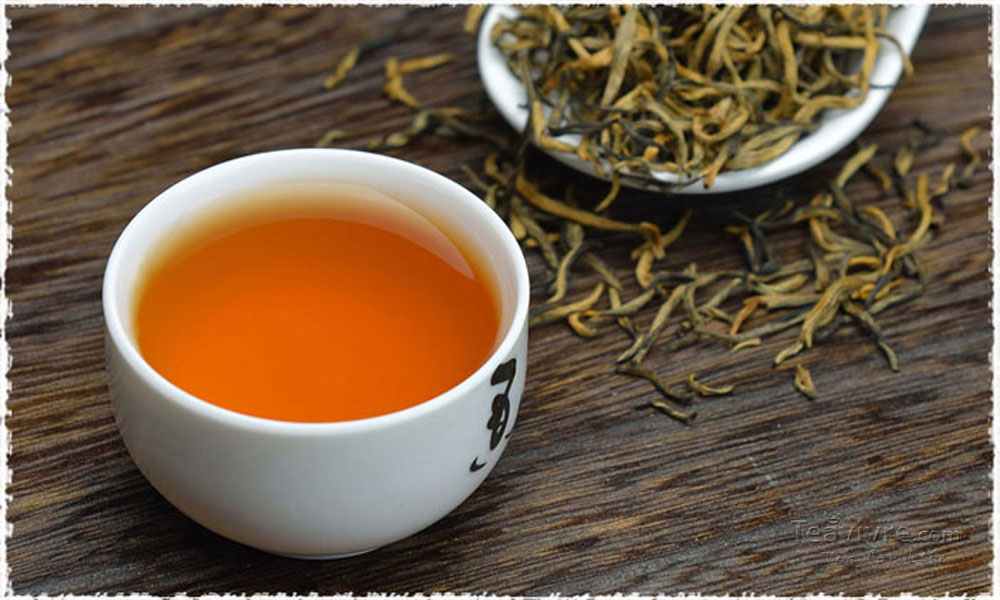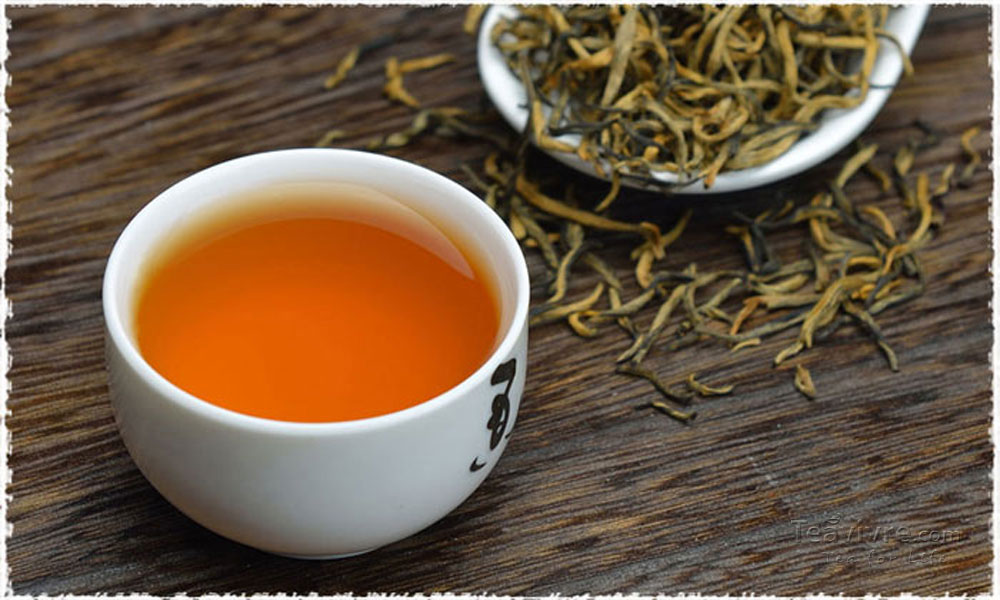What is the difference between uncut noodles, small noodles, medium noodles and large noodles? What is the difference between Tieguanyin and Phoenix Dancong tea picking standards?
Tea picking in addition to one bud two leaves, one bud three leaves and so on, there are "unopened noodles", "small noodles", "medium noodles", "large noodles".
The main purpose of open-face mining is to make the substances in the tea more abundant, so as to produce better quality tea.
The "noodle" here refers to the new shoot and top bud of tea. If it has not been unfolded, it is "not open"; if the top bud is formed and the top leaf has been expanded, it is "small open"; if the area of the top leaf is equal to 1/2 of the second leaf, it is "medium open"; if the area of the top leaf is equal to 2/3 of the area of the second leaf or similar, it is "wide open".
To judge the degree of noodle opening, it is necessary to check the growth status of most of the new shoots of the tea tree.
Generally speaking, the old tea is easy to be green, and the finished tea is mellow, lighter and more fragrant; the tender tea is not easy to be green, and the finished tea often has a bitter tail, strong taste and bubble resistance.

There were significant differences in chemical composition from tender shoots to lower leaves. The stem itself is covered with a layer of villi called trichomes. Trichomes protect twigs from ultraviolet rays and insects. These hairs seem to contribute more to the taste of bitterness, astringency and less than the leaves themselves, because their high levels of amino acids and tea polyphenols are lower. In other words, it is the direct contribution of the hair to make the shoot of green and white tea and tea from green tea, such as Pu'er tea and yellow tea. When you pass the first, second and third leaves, the contents of theanine, polyphenols and caffeine decrease significantly, while the content of lignin increases. However, the content of amino acids increased from the first leaf to the third leaf, and then decreased. Lignin is formed in the cell wall of leaf cells, especially in the vein wall; the older the leaf, the larger the vein, the more lignin is available. When heated, lignin adds a baking flavor to the tea. Too many compounds extracted from lignin, such as smoked callus alcohol and methoxyphenol with slight medicinal value, will reduce the flavor of green tea, but may contribute to the flavor of black tea. The common assumption, then, is the best tea picking shoot and one or two leaf standards, but oolong tea tends to put in different standards, i.e. 2-3 leaves slightly open (e.g. single fir), one young and two mature leaves (e.g. Tieguanyin), and one young and 2 mature leaves. Similarly, high-quality black tea is usually made from Kaifeng tea.
Important Notice :
前街咖啡 FrontStreet Coffee has moved to new addredd:
FrontStreet Coffee Address: 315,Donghua East Road,GuangZhou
Tel:020 38364473
- Prev

What is the best way to brew Yunnan black tea from the old tree? What is so special about Dianhong tea, an old tree in Yunnan?
A black tea that is different from any other tea tree and is made from an ancestral tea variety that grows only in forests found in western Yunnan. With a unique rich wildflower aroma, sweet aftertaste, without any heavy or astringent taste. The caffeine content is low, the nutrition content is high. This is a kind of exquisite tea made from high quality tea.
- Next

What is the difference between Yunnan red gold needle, Yunnan red gold wire and Yunnan red gold bud blue standard? Which is better for tea taste and aroma?
Picked tea buds turn beautiful gold instead of black because early spring tea buds are rich in antioxidants and low levels of chlorophyll. This kind of tea tastes soft, full, sweet and has the aroma of cocoa powder even when it is cold soaked. This multi-layer bud requires superb craftsmanship to be processed into black tea. Tea producing area is Linlin in Yunnan Province.
Related
- A complete list of coffee bean names and their meanings! What is Yejia Shefi coffee? Where is Mantelin coffee?
- What grade does Arida Manor Kaduai coffee beans belong to? What treatment is Arida ASD slow anaerobic sun exposure?
- The milk tea cup becomes smaller?! Overlord Tea Girl launches a new "Return to Yunnan" series
- Accused of selling counterfeit and high-priced coffee beans! Well-known boutique coffee brand "Oukelao" bowed and apologized!
- How to make espresso dumplings? Can I eat coffee and glutinous rice balls together?
- Save the unformed and stagnant powder cakes in one second! What is the problem with stagnant water in the powder bowl of the espresso machine?
- What does hand-brewed coffee stop mean? Why is it not recommended to make coffee by hand?
- Is it normal to smell like coffee? Why does coffee smell like alcohol? What's wrong with the strong smell of cold extract ice dripping ice brewed coffee?
- How to solve the problem that hand-brewed coffee extraction takes too long? Why is the water flowing so slowly when making coffee?
- The main points of making Australian white coffee, the proportion details, how does Australian white properly foam and blend the flowers?

